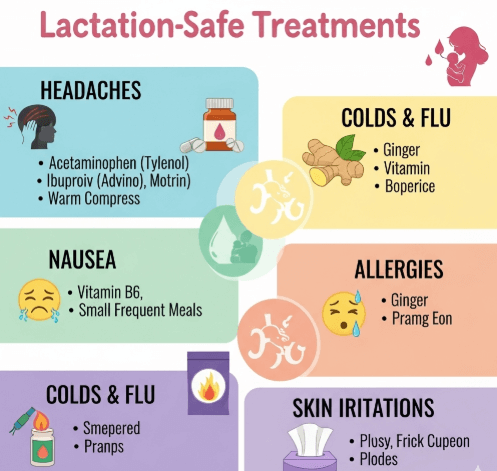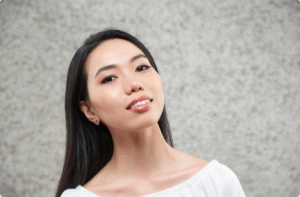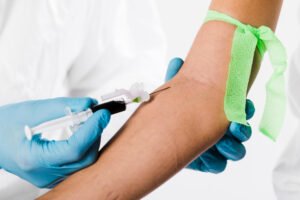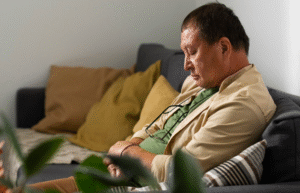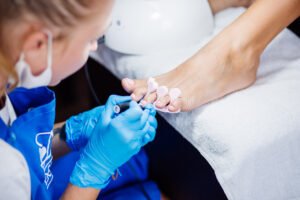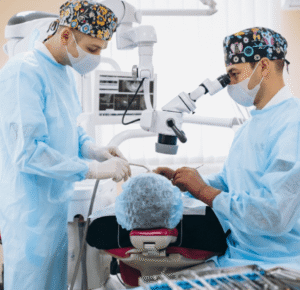Gentle Skincare and Medical Approaches for Nursing Mothers
What it is
Lactation-safe treatments are skincare and medical therapies designed for mothers who are breastfeeding. After delivery, many women want to address acne, pigmentation, stretch marks, or general skin dullness. However, not all treatments and products are safe during lactation, as some ingredients may pass into breast milk and affect the baby.
→ Lactation-safe care focuses on gentle, non-invasive procedures and dermatologist-approved ingredients that do not interfere with breastfeeding.
➝ These treatments are tailored to balance a mother’s skin recovery, postpartum changes, and hormonal shifts, while ensuring infant safety.
➔ In Korea, lactation-safe treatments are carefully integrated into dermatology clinics, postpartum care centers, and K-beauty skincare routines.
Why it’s done
Breastfeeding mothers often face specific skin challenges, making lactation-safe treatments essential.
- Hormonal acne ⇒ Fluctuating postpartum hormones can trigger breakouts, especially along the jawline and chin.
- Melasma and hyperpigmentation ⇒ Pigmentation that appeared during pregnancy may persist or worsen after childbirth.
- Dryness and sensitivity ➳ Many mothers report skin barrier damage and increased irritation due to hormonal changes and fatigue.
- Stretch marks ➟ Skin stretching during pregnancy may leave lasting marks on the abdomen, thighs, or chest.
- Confidence and emotional well-being ⇒ Safe skincare routines support self-esteem during the postpartum period.
The purpose of lactation-safe treatments is to improve skin health and confidence without compromising the safety of the breastfeeding child.
Alternatives
For mothers unable to access clinic-based treatments, alternatives include:
→ Basic home skincare: Mild cleansers ; fragrance-free moisturizers ; mineral sunscreens.
➝ Natural remedies: Aloe vera gel ; oatmeal baths ; rosehip or argan oil for hydration.
➔ Dietary support: Foods rich in antioxidants (berries, leafy greens) and omega-3 fatty acids help skin repair from within.
⇒ Relaxation techniques: Adequate rest ; hydration ; and stress management reduce flare-ups.
➟ Postpone stronger therapies: Mothers may choose to delay chemical peels, retinoids, or laser treatments until breastfeeding is completed.
Preparation
Before starting lactation-safe skincare or clinical therapy:
➳ Consult a dermatologist: To determine which treatments are compatible with breastfeeding.
➝ Avoid unsafe ingredients: Retinoids ; high-dose salicylic acid ; hydroquinone ; and certain oral medications should be avoided.
→ Check product safety: Even topical agents like steroids must be used cautiously under professional guidance.
➟ Lifestyle planning: Ensure good hydration ; consistent sleep (as much as possible) ; and nutrition to support both mother and baby.
➔ Patch test new products: Skin sensitivity is common postpartum, so testing small areas reduces risk of irritation.
How it’s Done
Lactation-safe treatments can be divided into home care routines and clinic-based therapies.
Daily Home Routine
→ Gentle Cleansing: Use low-pH cleansers that respect the skin’s natural barrier.
➝ Moisturizing: Creams with hyaluronic acid, glycerin, and ceramides are safe and effective.
➔ Sun Protection: Mineral-based sunscreens with zinc oxide or titanium dioxide are preferred.
⇒ Targeted Pigmentation Care: Niacinamide ; vitamin C serums ; and azelaic acid (safe in moderate strength).
➟ Soothing Ingredients: Centella asiatica, green tea, and chamomile help reduce irritation.
Clinic-Based Treatments in Korea
→ Hydration Facials: Safe facials focusing on moisture replenishment and skin soothing.
➝ LED Light Therapy: Red and near-infrared light are used for calming inflammation and promoting healing without chemicals.
➔ Oxygen Therapy: Improves circulation and skin oxygenation, enhancing brightness.
➟ Low-Concentration Chemical Peels: Gentle lactic acid or mandelic acid peels under dermatologist supervision.
⇒ Microneedling (with caution): Sometimes used for stretch marks or texture issues ; but performed with sterile products that avoid harmful absorption.
Recovery
Recovery from lactation-safe treatments is generally minimal or immediate, since only gentle therapies are chosen.
→ After facials or LED treatments, no downtime is required.
➝ Mild redness may occur after peels or microneedling but usually fades in 24 hours.
➔ Consistent home care — hydration and sunscreen — is essential for long-term recovery.
➟ Improvements are gradual, usually visible after 4 to 8 weeks of consistent safe care.
Complication
While designed to be safe, there are still considerations.
→ Skin sensitivity: Postpartum skin can react unexpectedly, even to safe ingredients.
➝ Ineffective results: Some pigmentation or stretch marks may persist despite safe care.
➔ Emotional frustration: Slow progress may discourage mothers.
⇒ Accidental exposure: Use of unsafe over-the-counter creams (like bleaching agents) can pose risks if absorbed.
➟ Overtreatment risk: Doing too many facials or procedures too soon can disrupt skin healing.
Treatment option in Korea
South Korea provides a wide range of lactation-safe skincare options, blending advanced dermatology with traditional postpartum care.
→ Dermatology Clinics: Specialized postpartum dermatology programs focus on acne, pigmentation, and stretch marks while ensuring safety for breastfeeding.
➝ Postpartum Care Centers (Sanhujoriwon): Unique to Korea, these centers often include safe skincare treatments as part of mother recovery programs.
➔ K-Beauty Products: Korean skincare brands such as COSRX ; Dr. Jart+ ; Innisfree ; and Laneige offer fragrance-free, hypoallergenic products suited for nursing mothers.
➟ Hospital Partnerships: Maternity hospitals in Korea often collaborate with dermatology clinics to provide safe treatments for lactating mothers.
⇒ Postpartum Packages: Clinics in Seoul and Busan offer “Mother-and-Baby” programs, with facials, LED treatments, and gentle massage therapies tailored for breastfeeding women.

